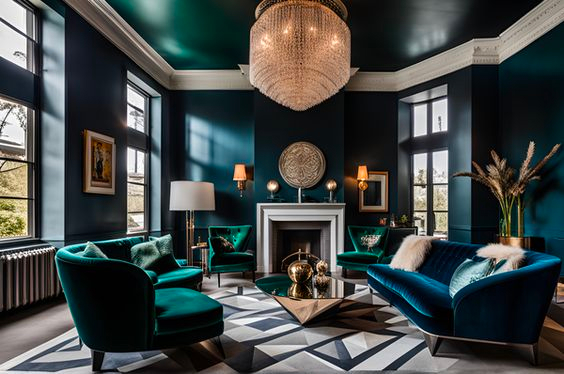Table of Contents
1. Farmhouse Style
Many wouldn’t anticipate farmhouse style leading a list like this, and that’s precisely why it holds this position. With deliberate rusticity and a touch of nostalgia, modern farmhouse style finds itself at the perfect intersection of enduring appeal and easy adaptability. Its foundational elements—exposed wooden beams, brick fireplaces, and rough-hewn surfaces—possess an irresistible charm that never truly diminishes. In fact, it is these very elements that facilitate the seamless integration of farmhouse style into a modern aesthetic. This room incorporates all the classic farmhouse elements, imparting the earthy ambiance the style is renowned for. A modern touch is effortlessly introduced with a geometric Moroccan rug and a contemporary standing lamp. The patterned brick interior of the fireplace adds another delightful dimension, infusing a contemporary vibe into this rustic setting.

2. Mid-century Modern Style
Even as we approach the conclusion of the initial two decades of the 21st century, the enduring popularity of mid-century modern style persists as a favored approach to room decoration. Originating, as the name suggests, in the middle decades of the 1900s, this style marked a minimalist departure from the opulence of the preceding Art Deco period. Spearheaded by visionaries like Ray and Charles Eames, mid-century modern transcends being merely a design style; it also encompasses distinctive furniture styles, with the iconic Eames Lounge being a notable example.
In this delightful dining room, everything from the table and chairs to the console in the far corner belongs to the mid-century period. Characterized by streamlined pieces in warm wood tones and an understated aesthetic, this style shows no signs of diminishing in popularity any time soon.
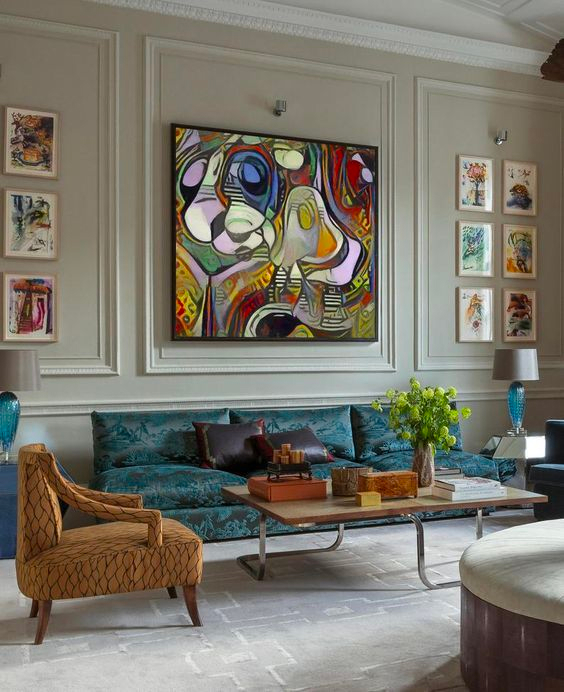
3. French Country Style
Undoubtedly adopting a more traditional stance in interior design, the French Country style maintains its allure, captivating homeowners with its timeless elegance. Hailing from the rustic landscapes of the French countryside, this style is distinguished by ornate embellishments, especially evident in the lighting, traditional patterns, and a willingness to embrace asymmetry through mismatched furniture and textured areas. In this room, several of these elements come to life, from the classic rug pattern to the mismatched furniture and the decorative piece adorning the fireplace.
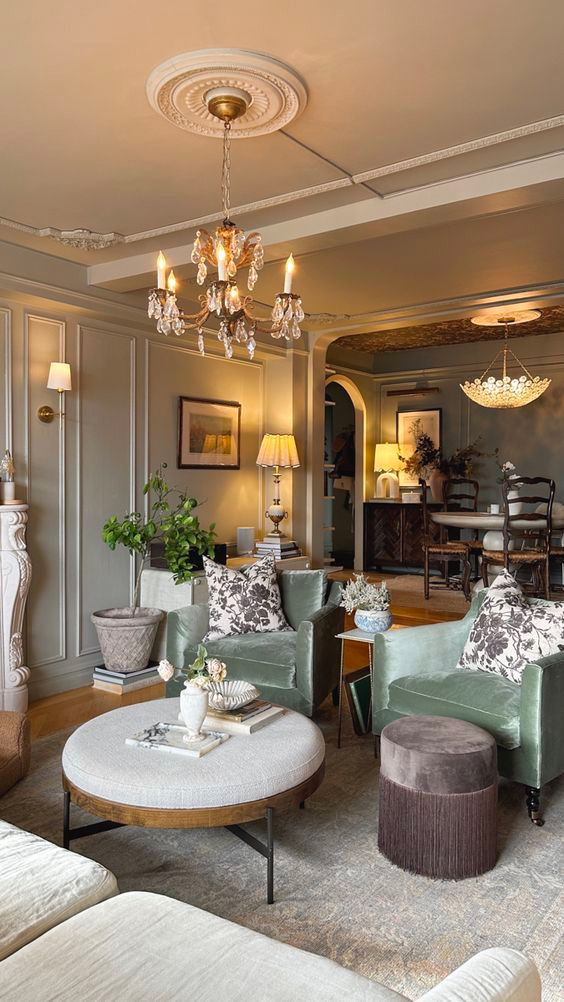
4. Industrial Style
The hallmark of industrial design lies in unrefined surfaces such as exposed brick and ironwork, stone or concrete floors, and an open-plan concept for spaces. The enjoyment of industrial design lies in discovering the sophisticated aspect within these rugged environments. In this context, sophistication manifests through the subtle interplay of textures among the stone floors, brick walls, and exposed wooden supports. At the bar, a sleek, straight-edged stone countertop is complemented by classic bar stools featuring curved metal legs and wooden tops. Adding a final touch, the sizable bouquet of flowers on the dining room table delicately softens the space, preventing it from becoming overly somber.
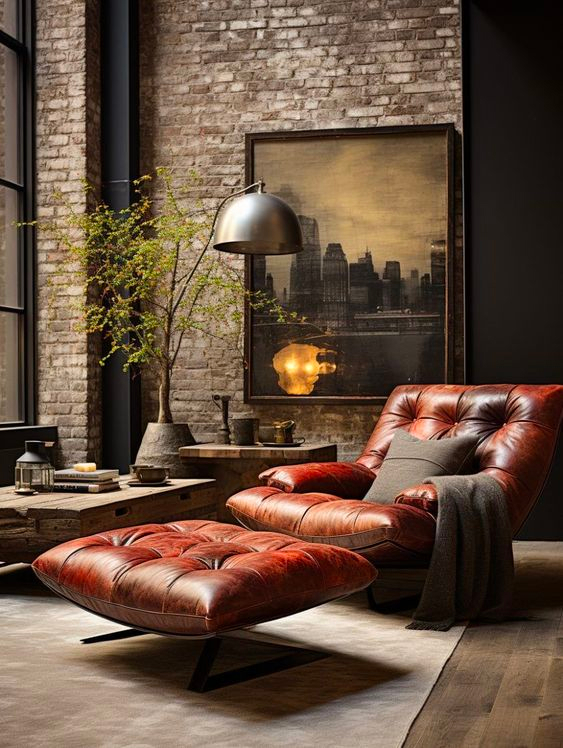
5. Mediterranean Style
The Mediterranean style is an ideal choice for those who appreciate intricate decor without extravagance or prefer a laid-back aesthetic that leans towards minimalism with subtle embellishments. In terms of color, it’s crucial to note that the Mediterranean style essentially embodies a coastal vibe. Therefore, you can anticipate incorporating a palette rich in blues and browns, drawing inspiration from the sun, sea, and sand. The interplay of warm and cool hues establishes a soothing equilibrium, imparting a relaxed and resort-like ambiance to these spaces.
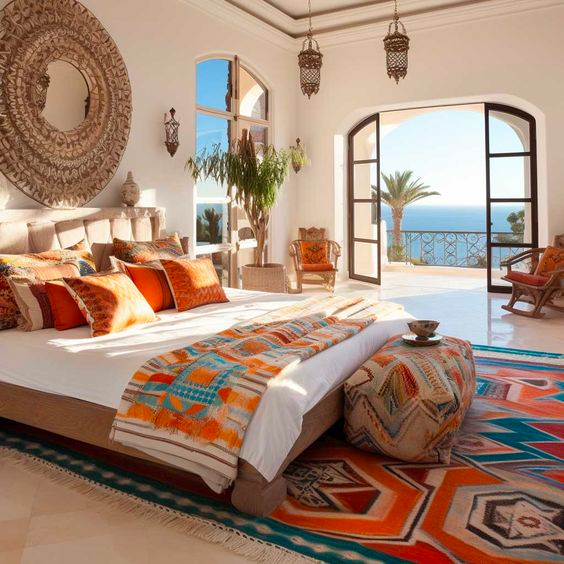
6. Art Deco Style
For those enchanted by the Jazz Age, the lively 1920s, or the literary works of F. Scott Fitzgerald, Art Deco may very well be the preferred style. An abbreviation for Arts Décoratifs, this style emerged as a response to the economic prosperity that the United States enjoyed at the turn of the 20th century. It endured through the challenging times of the Great Depression before gradually giving way to what would later be recognized as mid-century modern style.
At its zenith, the Art Deco style was truly a marvel to behold. It not only influenced interior design but also left its mark on architecture, painting, and sculpture. However, Art Deco isn’t confined to nostalgia. This entryway serves as a splendid illustration of Art Deco at its pinnacle: striking geometric patterns adorn nearly every surface of the room, enhanced by intricate lighting fixtures, inventive furniture designs, and a profusion of metallic elements—particularly gold. Although criticized in the end for being excessively extravagant—an understandable critique in the aftermath of a profound depression bracketed by global conflicts—it endures as one of the world’s significant iconic moments in art and design.
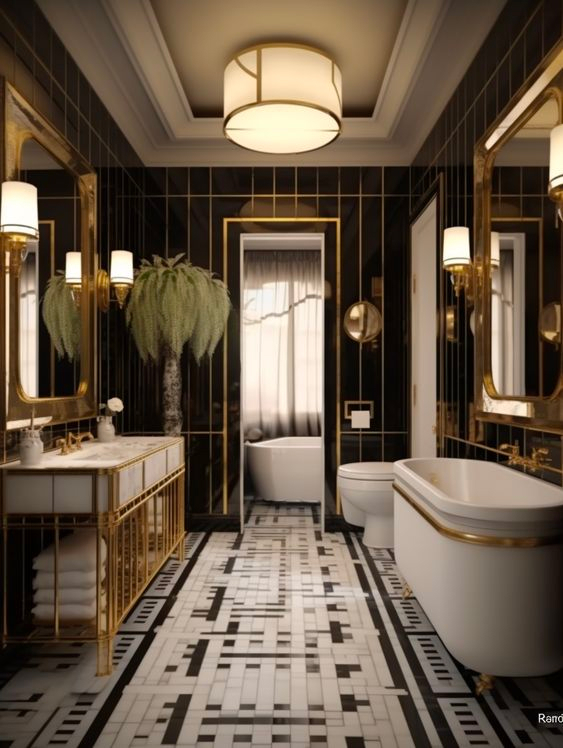
Referenced from Pinterest.
Share this post:
